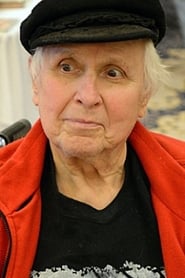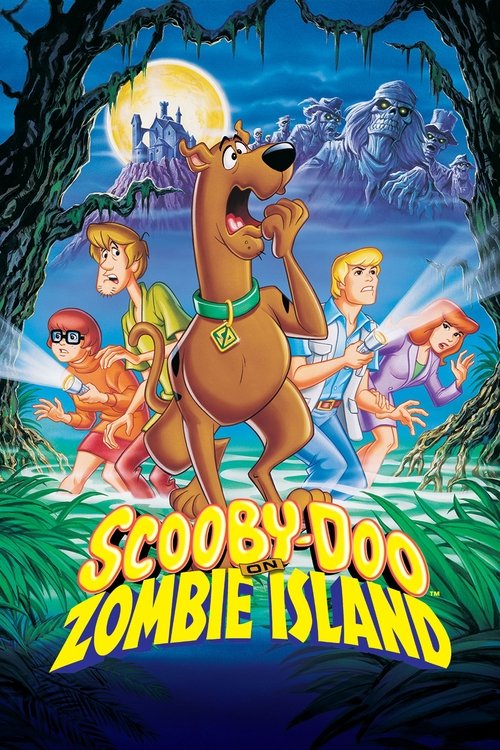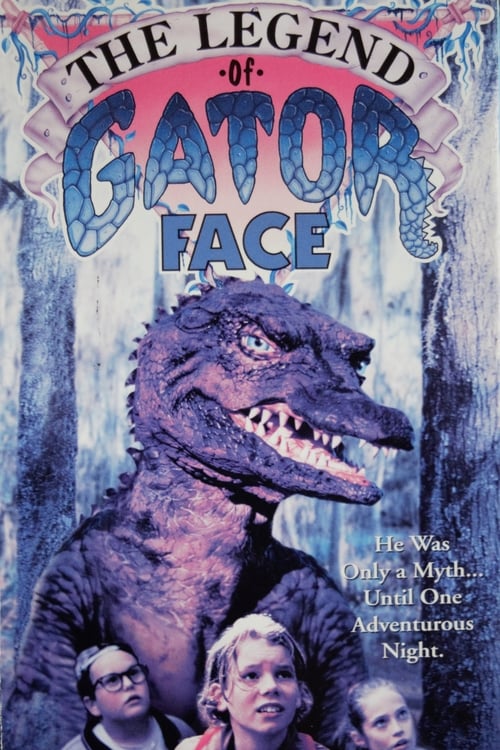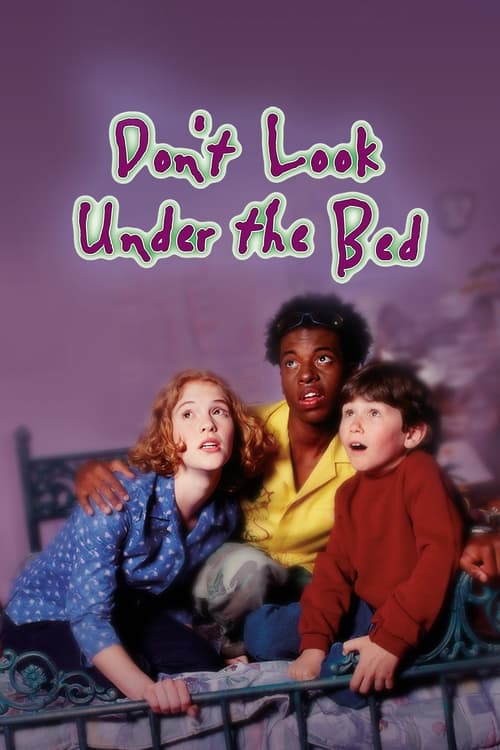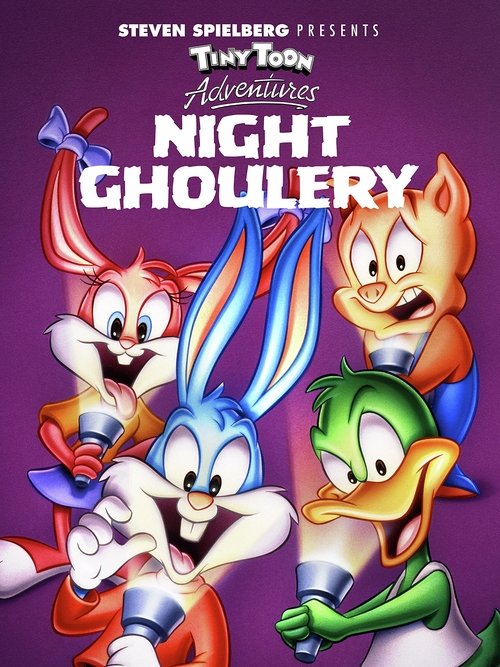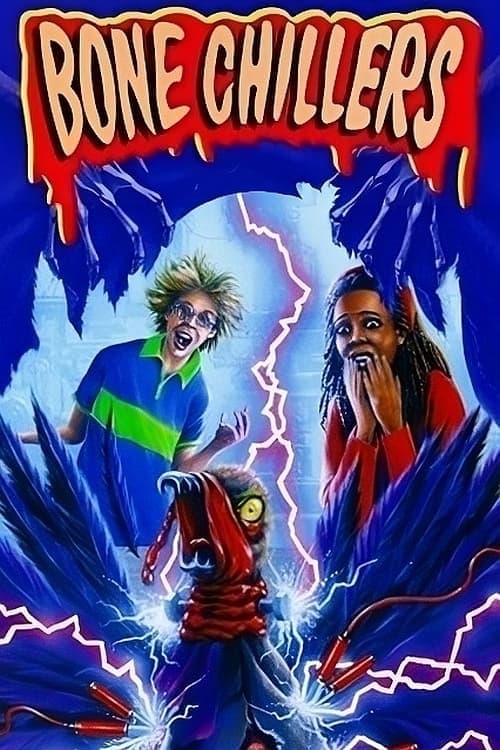
Ask Your Own Question
What is the plot?
The Los Angeles skyline stretches into the distance, a jagged silhouette against the fading orange of the mid-1990s dusk. Inside the upper floors of a nondescript high-rise, fluorescent lights hum with a sterile, unfeeling glow. The air is thick with the scent of dust and stale coffee, and the silence is broken only by the occasional creak of the old building settling into the night. It is here, in a photography studio cluttered with props and outdated equipment, that Joe Estevez, a down-on-his-luck photographer, stands with his camera raised, trying to coax one last shot from a petulant model. "Come on," he says, voice tinged with both desperation and sarcasm, "just one more shot. You're not getting paid extra for attitude." The model rolls her eyes, but the tension in the room is palpable, as if the building itself is holding its breath.
Estevez's studio is a world unto itself--a cramped space filled with the detritus of forgotten shoots and half-finished projects. The walls are lined with photographs, some of them faded, others disturbingly surreal. The model, unnamed and unremarkable, is the first to feel the unease. She shifts uncomfortably, glancing at the shadows in the corners of the room. "This place gives me the creeps," she mutters, but Estevez brushes her off. "You're not the first to say that," he replies, "but you're the first to actually mean it."
As the night deepens, the building begins to change. The lights flicker, and the air grows colder. The model, now visibly nervous, insists on leaving, but the elevator doors refuse to open. The building is locked down for the night, and the group--Estevez, the model, an art teacher grading papers in a classroom on another floor, and a handful of office workers and models--find themselves trapped. The art teacher, a man with a haunted look in his eyes, mutters about "weird stuff" happening lately, but no one pays him much attention. The office workers, skeptical and dismissive, joke about ghosts and urban legends, but their laughter is forced, their eyes darting to the shadows.
The first sign of something truly wrong comes in the photography studio. The model, standing near the balcony, feels a sudden chill. She turns, and for a split second, she sees a figure--a baby with a fish face and cheerleader hair, its eyes glowing with malevolent glee. She gasps, stumbling backward, and loses her balance. The last thing she hears is the sound of her own scream as she falls from the balcony, her body hitting the ground far below with a sickening thud. Estevez rushes to the edge, but there is nothing he can do. The model is dead, her life extinguished by the malicious baby ghost.
The news of the model's death spreads quickly, and the atmosphere in the building shifts from unease to outright terror. The office workers, now realizing that something supernatural is at play, begin to panic. One of them, a nervous man named Greg, is found dead in the elevator, his body twisted and broken as if he had been thrown against the walls. Another, a woman named Lisa, is discovered in a hallway, her face frozen in a mask of fear, her neck snapped. The deaths are swift and brutal, each one attributed to the baby ghost, which seems to delight in causing accidents and frightening its victims to death.
Estevez, initially skeptical, begins to believe in the ghost's existence. He finds photographs in his studio that capture images of the baby ghost, its fish face and cheerleader hair clearly visible. The art teacher, meanwhile, discovers disturbing student artwork in his classroom--drawings of the baby ghost, its face twisted in a grotesque smile, its eyes glowing with an otherworldly light. The art teacher, whose name is revealed to be Mr. Thompson, confesses that he once lived in a house that burned down, and he believes the ghost is connected to that event. "It's not just a ghost," he says, his voice trembling. "It's a curse. A witch's curse."
The group, now reduced to a handful of survivors, begins to search for answers. They find a mysterious box in the storage closet of the photography studio. The box is old, ornate, and covered in strange symbols. Estevez, armed with the knowledge of the box's significance, realizes that it is the source of the baby ghost's power. "If we can get the ghost back in the box," he says, "maybe we can stop it."
The survivors' paranoia grows as the night wears on. They turn on each other, accusing one another of being the ghost's accomplice. Arguments break out, and the tension is unbearable. Mr. Thompson, desperate to understand the ghost's origins, confronts it in his classroom. The ghost appears, its fish face and cheerleader hair more grotesque than ever. "You can't stop me," it taunts, its voice a high-pitched giggle. Mr. Thompson, in a final act of bravery, tries to decipher the symbols on the box, but the ghost attacks him, possessing him before he collapses, his body lifeless.
Estevez, now the reluctant leader of the survivors, knows that the only way to defeat the ghost is to open the box and reseal it. The final confrontation takes place on the roof of the building, the wind howling around them as the ghost appears, its powers at their peak. "You can't win," it sneers, its eyes glowing with malevolent glee. Estevez, armed with the box, opens it, causing the ghost to be drawn back into it. The ghost's powers are neutralized, and the building is freed from its haunting.
As the sun rises, the survivors escape the building, their faces etched with relief and unease. Estevez, looking back at the high-rise, feels a mix of emotions. The box is sealed and left behind, a warning of the ghost's potential return. The final shot is of the box, sitting in the storage closet, hinting that the ghost may one day be released again.
The story of Baby Ghost is one of terror, survival, and the enduring power of curses. The characters, each with their own secrets and fears, are drawn into a nightmare that tests their courage and their sanity. The baby ghost, with its fish face and cheerleader hair, is a symbol of the malevolent forces that lurk in the shadows, waiting to be unleashed. The box, with its strange symbols and ancient power, is a reminder that some things are better left buried. And the survivors, forever changed by their ordeal, walk away from the building, knowing that the ghost may one day return to haunt them once more.
More Movies Like This
Browse All Movies →What is the ending?
In the ending of "Baby Ghost," the main character, a young woman named Kelly, confronts the spirit of a baby ghost who has been haunting her. After a series of emotional encounters, Kelly helps the ghost find peace, allowing it to move on. In the process, Kelly also resolves her own personal struggles, leading to a sense of closure in her life.
As the film reaches its climax, Kelly is in her apartment, feeling the weight of her experiences. The atmosphere is heavy with tension as she prepares to face the ghost one last time. The room is dimly lit, shadows dancing on the walls, reflecting her inner turmoil. She has grown attached to the baby ghost, who represents innocence and unresolved issues from her past.
In a pivotal scene, Kelly speaks to the ghost, expressing her understanding of its pain and sorrow. The ghost, appearing as a small, ethereal figure, floats gently in front of her, its presence both haunting and comforting. Kelly's voice trembles with emotion as she reassures the ghost that it is okay to let go. This moment is filled with a profound sense of empathy, as Kelly recognizes the ghost's longing for peace.
As she reaches out to the ghost, a warm light envelops them both. The ghost begins to shimmer, its form becoming more translucent. Kelly's heart races, a mix of fear and hope coursing through her. She feels a connection that transcends the physical realm, a bond forged through shared pain and understanding. The ghost's expression shifts from sorrow to serenity, and in that moment, Kelly realizes that she has not only helped the ghost but has also begun to heal her own wounds.
With a final, gentle smile, the baby ghost fades away, leaving behind a soft glow that fills the room. Kelly stands alone, tears streaming down her face, but there is a sense of relief and liberation in her expression. She has faced her fears and helped another soul find peace, which in turn allows her to confront her own life with renewed strength.
In the aftermath, Kelly is seen outside, walking through a sunlit park. The vibrant colors of the flowers and the laughter of children playing around her symbolize a new beginning. She carries a sense of lightness, her burdens lifted. The camera captures her smile, a reflection of her inner transformation.
The film concludes with Kelly looking up at the sky, a sense of hope and possibility in her heart. She has not only helped the baby ghost but has also found a way to move forward in her own life, embracing the future with open arms. The ending emphasizes themes of healing, connection, and the importance of letting go, both for oneself and for others.
Is there a post-credit scene?
The movie "Baby Ghost," produced in 1995, does not have a post-credit scene. The film concludes its narrative without any additional scenes or content after the credits roll. The story wraps up with the resolution of the main plot, focusing on the relationship between the living characters and the ghostly presence, leaving no further developments or surprises for the audience after the credits.
What is the significance of the character Baby Ghost in the story?
Baby Ghost is a central character who embodies the spirit of a young girl who died tragically. Her presence serves as a catalyst for the protagonist's journey, as she seeks to resolve her unfinished business and find peace. The emotional connection between Baby Ghost and the living characters highlights themes of loss and redemption.
How does the protagonist, a struggling artist, first encounter Baby Ghost?
The protagonist, a struggling artist named Max, first encounters Baby Ghost when he moves into a new apartment. He discovers her presence after experiencing strange occurrences, such as objects moving on their own and hearing soft whispers. This initial encounter is both eerie and intriguing, drawing Max into a world where he must confront his own fears and insecurities.
What role does the antagonist play in the story, and how does it affect Baby Ghost?
The antagonist, a greedy real estate developer, poses a significant threat to Baby Ghost's quest for peace. His plans to demolish the building where she resides create a sense of urgency for both Baby Ghost and Max. The antagonist's ruthless pursuit of profit forces Max to take action, ultimately leading to a confrontation that reveals deeper truths about Baby Ghost's past.
How does Baby Ghost help the protagonist in his personal struggles?
Baby Ghost assists Max in overcoming his personal struggles by providing him with guidance and inspiration. Through their interactions, she encourages him to embrace his artistic talents and confront his fears. Her playful yet poignant spirit helps Max rediscover his passion for art, ultimately leading him to create a masterpiece that reflects both their journeys.
What is the emotional climax of the relationship between Max and Baby Ghost?
The emotional climax occurs when Max finally understands Baby Ghost's tragic past and the reason for her lingering spirit. In a heartfelt moment, he promises to help her find closure, which leads to a powerful scene where they share a deep emotional connection. This moment solidifies their bond and highlights the themes of friendship and healing, as Max learns to let go of his own fears while helping Baby Ghost move on.
Is this family friendly?
"Baby Ghost," produced in 1995, is a family-friendly film that combines elements of comedy and fantasy. However, there are a few scenes and aspects that might be considered potentially objectionable or upsetting for children or sensitive viewers:
-
Ghostly Themes: The film revolves around a ghost, which may be unsettling for younger children who are sensitive to supernatural elements.
-
Mild Scares: There are moments that involve spooky imagery or situations that could be frightening, particularly for very young viewers.
-
Emotional Moments: The film touches on themes of loss and longing, which may evoke sadness or confusion in children.
-
Mild Language: There are instances of mild language that some parents might find inappropriate for younger audiences.
-
Romantic Elements: The film includes some romantic subplots that may not be suitable for very young children, depending on parental discretion.
Overall, while "Baby Ghost" is designed to be light-hearted and entertaining, these elements may require parental guidance for younger viewers.




